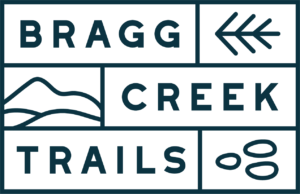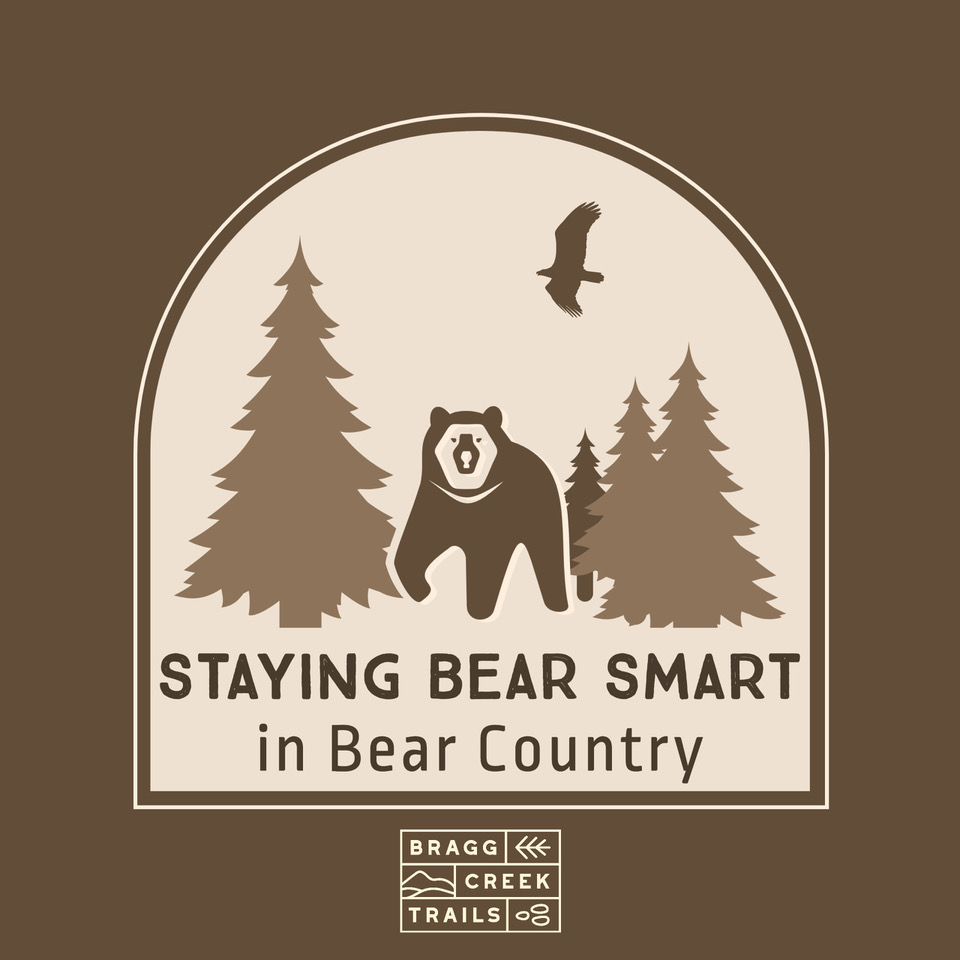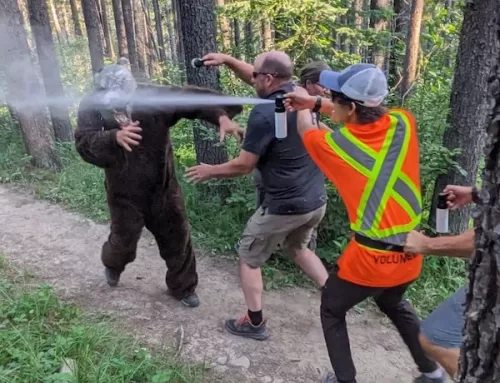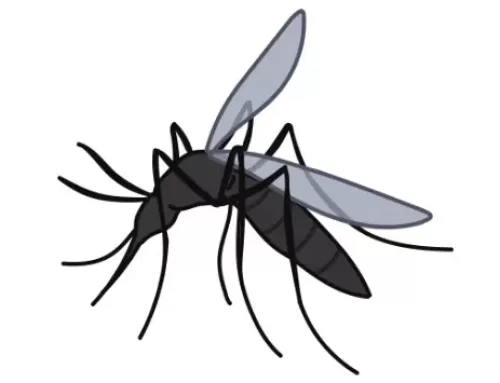By Tyler Dixon
One of the harbingers of spring in southern Alberta is the first official bear sighting in the mountain parks. With several bears already spotted in both Kananaskis and Banff, I guess that means spring has officially arrived. Time to brush up on your bear safety skills and recalibrate your mindset, because now your outdoor adventures in bear country could result in an encounter.
Although it can be memorable to see a bear in the wild, avoidance is the best approach. Remain alert to your surroundings by keeping your eyes and ears open. Make lots of noise. Shouting, singing loudly, or calling out regularly will alert bears of your presence and give them an opportunity to leave the area. This strategy is especially important when travelling near rivers/streams, while in dense vegetation or areas of low visibility, near berry patches, or on windy days. Despite what you may have heard, bear bells are ineffective as they’re just not loud enough and blaring your bluetooth speaker will likely be more successful at annoying your fellow trail users as opposed to repelling bears. Watch for fresh signs of bear activity, such as tracks, scat, diggings, torn-up logs, overturned rocks, or carcasses. Leave the area immediately if these signs appear to be fresh. Dogs can provoke defensive behaviour in bears, so it’s always best to keep them leashed. It’s been proven that larger groups are less likely to encounter a bear, so travelling in tight-knit groups of at least four is recommended. Whenever possible, travel during daylight hours as many wild animals are most active at dawn and dusk. Finally, remember to always carry bear spray and know how to use it.
Despite your best attempts at avoidance, sometimes encounters do occur. When this happens, you need to know how to react. If you see a bear, stop what you’re doing, remain calm, and ready your bear spray. If the animal is unaware of your presence, leave the area quietly, so as not to draw attention to yourself. If the bear is aware of you however, you need to remain calm. Calm behaviour can reassure the bear, whereas sudden movements or loud noises may trigger an attack. Be human and speak to it in a calm, yet firm, voice. This indicates that you are not the bear’s typical prey. Back away slowly. Never run, as running may trigger the animal’s chase response. Make yourself appear as big as possible, pick up small children, and remain in a close group. Remember to keep your backpack, hiking poles, and other equipment with you as they can offer some protection in the event of an attack. Bears may approach and rear up on their hind legs. This behaviour may appear threatening, but it’s typically just the bear trying to identify you and find your scent. By now you should have your bear spray in your hands and ready to deploy. Make sure you take note of the direction and strength of the wind before using it.
Hopefully this is where the encounter ends, but if the animal approaches you, try to assess the bear’s behaviour and determine why it’s advancing. There are usually two types of encounters, defensive and non-defensive. Defensive encounters are the most common and occur when the bear is defending something, such as its young or a food source, or it was surprised by your presence. Defensive bears will appear stressed or agitated and may make noise. Appear as non-threatening as possible and speak to the bear in a calm voice. Whenever the bear stops advancing, back away slowly, but if it continues to get closer, you will need to stand your ground and be prepared to use your spray. Keep in mind that many bears may use a bluff charge, which is where the animal will charge at you, but stops short of making contact. If the bear approaches within four metres (or about the length of a car) use your bear spray. Remember to aim for the bear’s face as the spray is only effective if it hits the bear’s eyes, nose, and/or mouth. Non-defensive bears could be considered curious, food conditioned, or testing their dominance, which is more prevalent in younger bears. In the rarest of cases the encounter could be predatory, where the bear may see you as a potential food source. The non-defensive behaviours will appear similar regardless of the scenario with the bear’s focus keenly on you, with its head and ears up. In these scenarios your actions will look different than with defensive encounters. You want to speak in a firm voice and move out of the bear’s path. If it follows you, stop moving and stand your ground. Shout and act aggressively in an attempt to intimidate the animal. Again, if it approaches within four metres use your bear spray.
Thankfully, most encounters with bears end without injury, however, if a bear does make contact with you, following these guidelines could increase your chances of survival. As with encounters, there are generally two types of attacks; defensive and predatory. The most common type of attack is defensive and they typically last less than two minutes. Use your bear spray, but if the bear makes contact with you, play dead! This involves laying on your stomach with your legs spread far apart and interlocking your fingers behind your neck. This position gives you the best chance of protecting your face, as well as the back of your head and neck while making it more difficult for the bear to flip you over. Remain in this position until you are sure the bear has left the area. In most cases, injuries caused during defensive attacks are relatively minor. If the attack continues longer than two minutes, it may have shifted to a predatory attack, which means you need to fight back! Predatory attacks are the result of a bear stalking you along a trail before attacking or if an attack occurs at night. Thankfully these types of attacks are very rare. If you suspect the bear is exhibiting predatory behaviours try to escape the scene by entering a building, a car, or climbing a tree. Remember that Black Bears are excellent climbers and you will not be able to out-climb them. If you are unable to escape, do not play dead! You will need to deploy your bear spray and use any means necessary to fight back. Use your bear spray, yell, hit it was branches or hiking poles, throw rocks, basically do whatever it takes to let the bear know you are not easy prey.
For additional information about dealing with bear encounters, handling an attack, and differentiating between defensive and non-defensive attacks, please visit the Alberta Parks ‘Be Bear Smart’ website. If you do see a bear while using the trails in West Bragg Creek, please report the encounter to Kananaskis Emergency Services by calling 403-591-7755.
